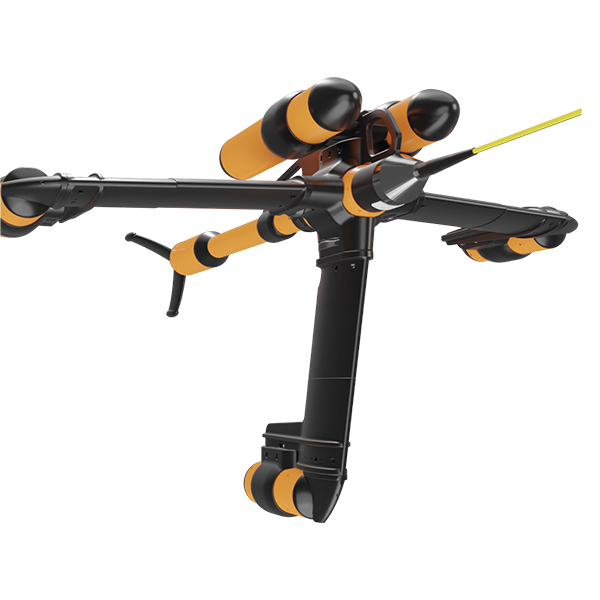SeaQuest2
Description
Gradient Data
SeaQuest measures the gradients in all three directions simultaneously, and computes the total gradient, which is invariant of heading and orientation. No matter how your heading changes, no information is lost.
Horizontal gradiometers, on the other hand, can only measure the gradient in one axis (direction).
This means that whenever the heading or tilt of a 1-axis gradiometer changes, so does the direction of the measured gradient, making it more challenging to capture consistent line data.
Analytic Signal Mapping
Analytic Signal data suppresses geology and enhances small nearby targets, enabling you to see more of what you want to see, while suppressing what you don’t want to see. Single-axis gradiometers and arrays can only do this in one of three possible directions. Since SeaQuest measures the complete 3-dimensional gradient, it enhances signals from small targets uniformly, regardless of their geometry or position in space. BAM software (included with SeaQuest) allows you to visualise SQ data.
Highest Absolute Accuracy
SeaQuest has the best absolute accuracy of any marine gradiometer: 0.1nT.
High Sensitivity
SeaQuest sensors deliver high-resolution output with a noise level of 0.01nT/!Hz; counter sensitivity is 0.001nT.


